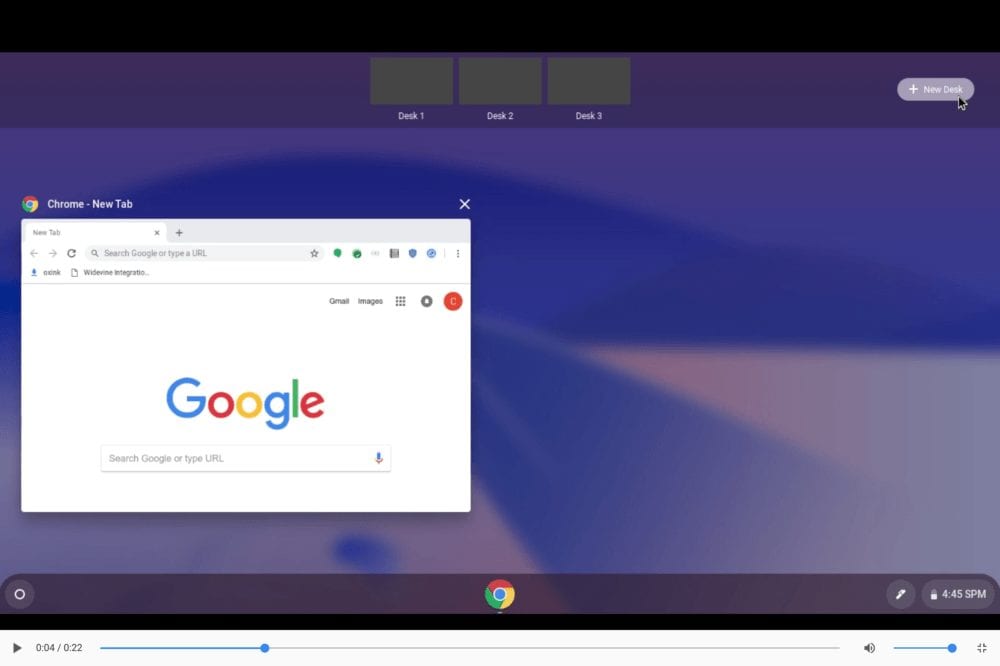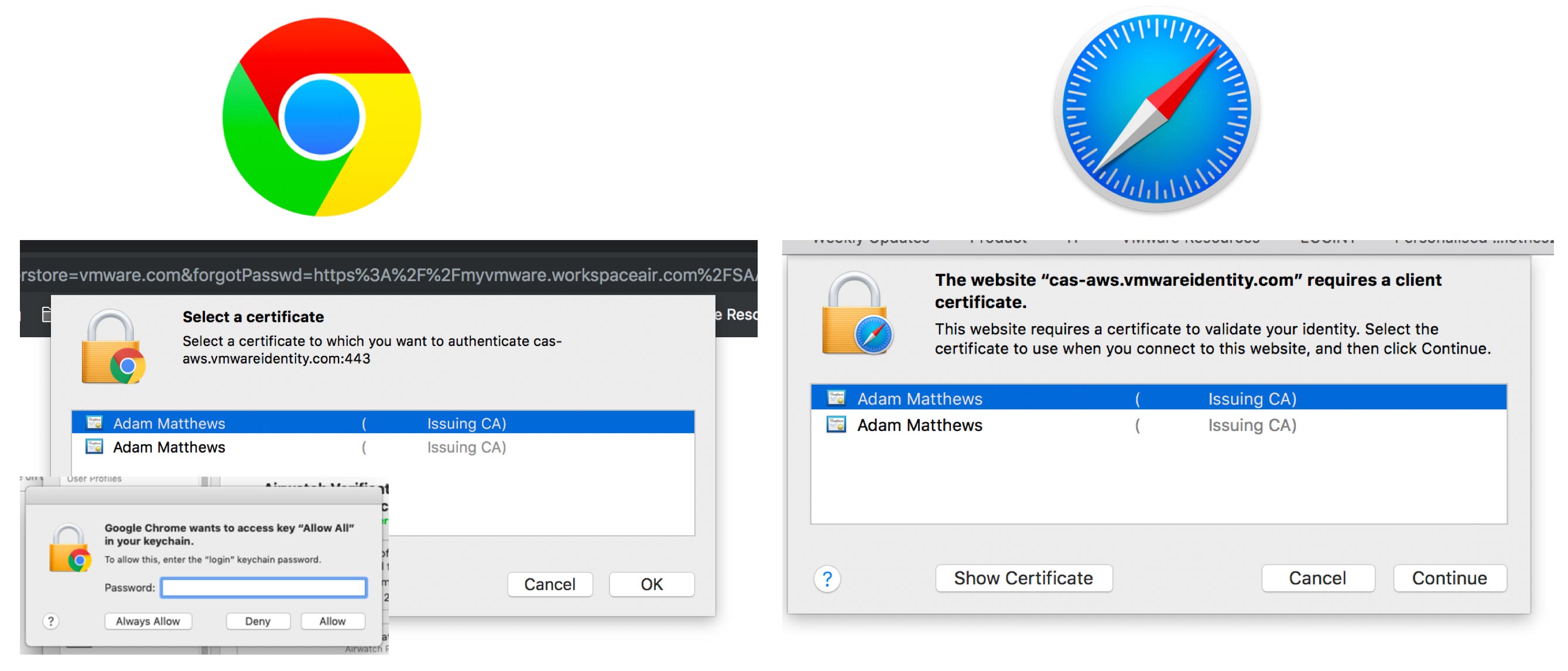


This folder is typically divided into subfolders, which store the various resources of your site:įigure 1: Typical structure of a small-to-medium sized siteįor this example, I’ll make a minimal index page:įont-family: Avenir, Trebuchet, sans-serif Let’s say you have a basic site contained in a folder. Setting up Workspaces in Chrome takes a few steps, but doing so can dramatically accelerate your web development process, particularly in design changes and bugfixes. Browsers aren’t equipped to do that by default… but that’s exactly what Workspaces are for. Ideally, the browser should be an equal partner in web development, able to write any changes made in the Developer Tools back to your HTML, CSS and JavaScript.
Chrome workspaces code#
While the second process is substantially better, it still has that aggravating fourth step: changes made in the browser affect only the live page, not the source, and copying code alterations back to your editor can be both confusing and time-consuming. Copy the fixed code from Developer Tools back to the editor.Fix the broken code in Developer Tools, viewing the results live in the browser.Create HTML, CSS and JavaScript in an editor.An improved process was introduced with Firebug almost a decade ago: This work process is uni-directional: code changes always go from the editor to the browser, never the other way. Use an editor to write HTML, CSS and JavaScript.Have you tried working with Chrome Workspace? Share your thought in the comment box below.The cycle of most front-end web development goes something like this: As said, Chrome Workspac is an experimental feature, so some of the parts may change in the feature.
Chrome workspaces how to#
Read Also: How To Refresh Changes on Browser With Sublime Text Final ThoughtĮven though this feature may not replace code editor entirely, it is a great addition that makes the code-debugging process more streamlined and simplified. Now, view your project in Chrome, make some changes in the files, save the change, and you should see the changes also reflected in the actual files.īut, keep in mind the result will not be visible instantly as you are editing the files. In the left sidebar of this tab, you will find the project folder you have just added including the CSS, HTML, and JavaScript. Go to the Workspace tab, and click on Add File System to add a project folder, as follows.Ĭlose the DevTools Setting window, and head over to the Source panel. This time, you will find a new tab called Workspace. Restart the DevTools, and go to the Settings page as we did previously. Then head over to the Experiments tab, and tick the File system folders in Source Panel, as shown below. Go to the DevTools Settings, which appears as a gear icon at the bottom right of the Developer Tool. Next, open the Chrome Developer Tool (DevTools).

Set the “Developer Tools experiment” to Enable, as shown below. To enable it, head over to chrome://flags/. Recommended Reading: Getting Started With Chrome Developer Tools Enable WorkspaceĪt the time of this writing, this feature is classified as experimental, and thus it is not enabled by default. In this post, we are going to walk you through Workspace. To simplify this traditional workflow, Google Chrome recently introduced a new feature called Workspace that allows the author to do debugging, editing, and saving project files right from the browser.
Chrome workspaces update#
However, since the changes we made in the Developer Tool does not affect the actual codes within the designated files, we have to switch back and forth between the code editor and the browser to update the file and view the result. It’s common to use the browser’s Developer Tool to debug and test codes during the process of building a website.


 0 kommentar(er)
0 kommentar(er)
